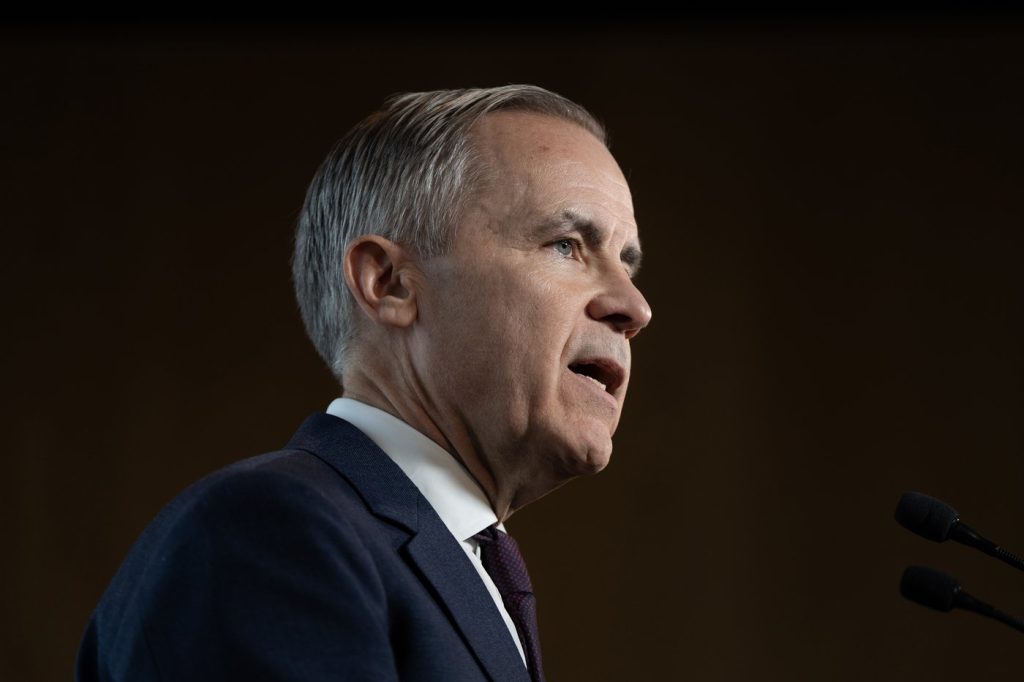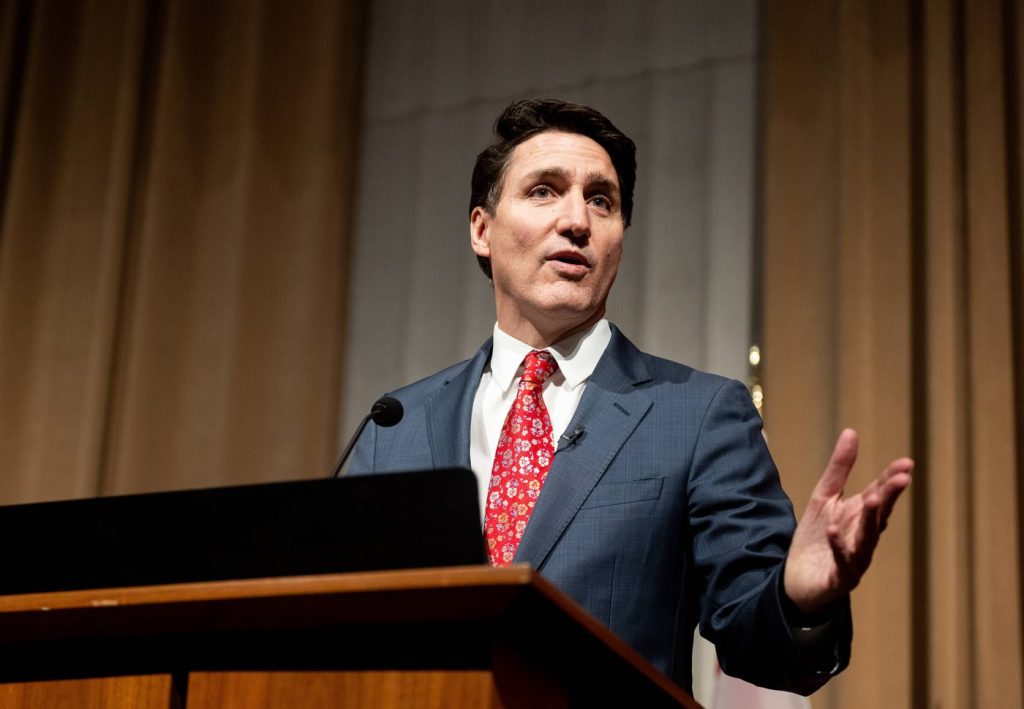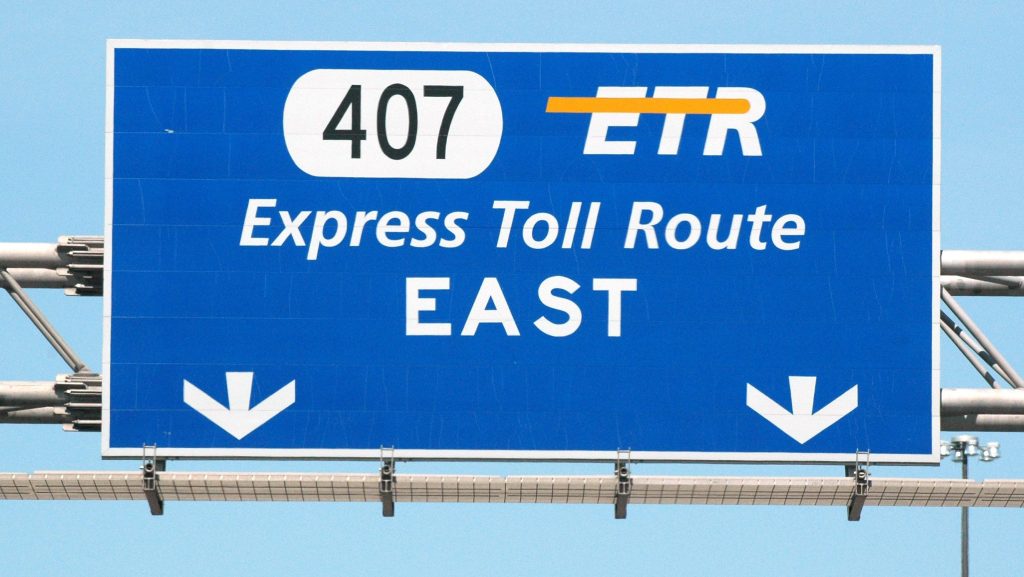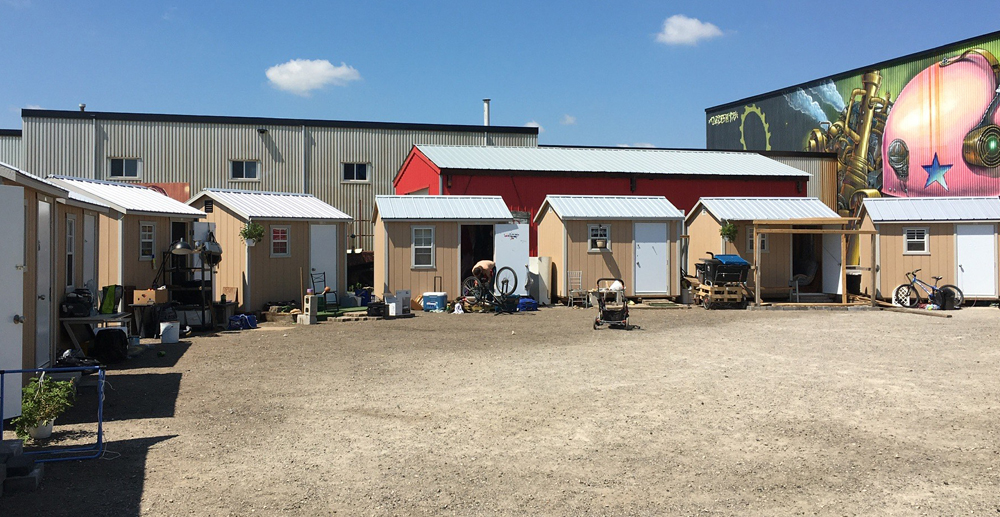Mark Carney pledges to beat Trudeau’s target date for meeting NATO spending benchmark

Posted Feb 5, 2025 10:09:44 AM.
Last Updated Feb 5, 2025 04:18:19 PM.
OTTAWA — Liberal leadership contender Mark Carney has pledged to hit Canada’s NATO defence spending target by the end of the decade — two years ahead of Prime Minister Justin Trudeau’s schedule.
“My government would work to reach two per cent of GDP in defence spending by the end of this decade, and pull our full weight in NATO,” Carney said Wednesday at a campaign event in Windsor, Ont.
Carney said he intends to reach the NATO target quickly while ensuring that defence funding is spent “wisely and effectively.”
He also said he wants to ensure that “as much as possible” of that increased funding for defence — “potentially the majority of” it — is “spent here in Canada as opposed to the United States.”
Conservative defence critic James Bezan said in a media statement that Carney supported the Trudeau government when it “left the Canadian Forces under funded and under equipped,” and that Carney “does not indicate where he would find the money to follow through on this promise.”
Rival leadership candidate Chrystia Freeland has not yet released a platform plank on defence. Her campaign spokeswoman Katherine Cuplinskas said the campaign will have something to say on the subject very soon.
“The world is increasingly volatile and dangerous. We must quickly meet our international commitments and defend our sovereignty,” Cuplinskas said.
The Carney and Freeland campaigns both made economic pitches on Wednesday. Both platforms include pledges to break down interprovincial trade barriers, diversify trade and cut red tape getting in the way of energy projects.
Freeland pitched building up “made-in-Canada defence supply chains” to reduce reliance on U.S. defence companies, and prioritizing Canadian companies in government procurement, opting for “Telesat over Starlink, D2L over Google, and Bombardier over Boeing.”
Carney promised a tax cut for the middle class and committed to cancelling the Liberal government’s controversial hike to the capital gains inclusion rate.
Ottawa formally committed in 2023 to spending the equivalent of two per cent of its GDP on national defence but has failed to come close to that target — one that most NATO members already meet.
Last summer, following backlash from Republican lawmakers in the U.S., Trudeau vowed Canadian defence spending would reach the two per cent benchmark by 2032.
That pledge came with a commitment to purchase up to 12 submarines, which would push Canada’s defence spending past the NATO target. But no new money has been booked for that procurement project.
U.S. President Donald Trump recently said he wants NATO members to meet a new military spending benchmark of five per cent of GDP.
Defence Minister Bill Blair, who is endorsing Carney’s leadership bid, has said he wants to see the federal government reach the two per cent target sooner. He said recently that hitting the two per cent target in two years is “absolutely achievable.”
Gen. Jennie Carignan, the chief of Canada’s defence staff, recently told The Canadian Press that “the global environment is telling us, and it’s been telling us now for a little while, that the situation has changed and we need to transform to meet a different type of threat than we were used to in the last five years.”
“We know very well that we need to transform and get the appropriate capabilities to be able to face those new threats that are here and that are going to become even more present in the future,” she said.
This report by The Canadian Press was first published Feb. 5, 2025.
Kyle Duggan, The Canadian Press








